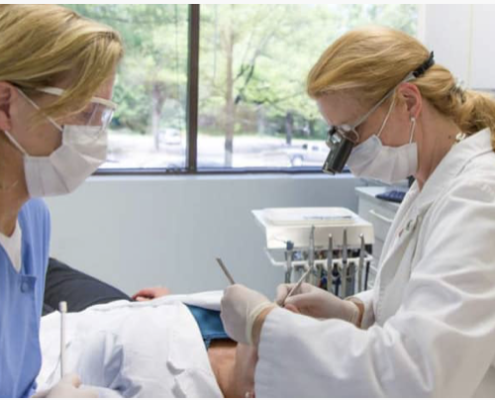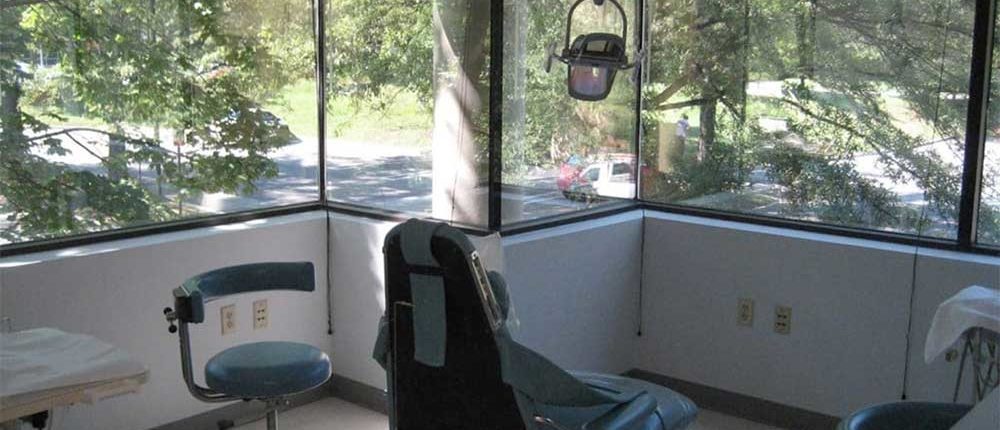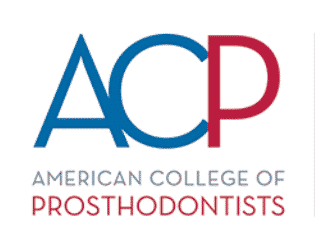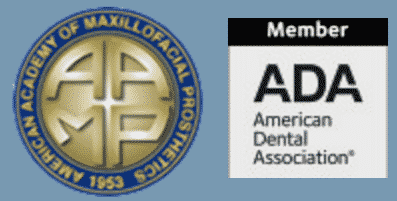8 Must-know Tips about the Dental Insurance Richmond VA 2022
What to expect from dental insurance
There are significant differences between medical and dental insurance coverage. While medical insurance typically covers most of the cost of major procedures, patients quickly discover that dental insurance covers only essential care until low annual policy limits are reached.
Need to know the types of dental insurance providers?
Having some understanding of the structure and types of dental providers and how dental insurance works will aid you in making an informed decision in selecting a dentist, particularly if you need significant restorative work. Many PPO plans will provide payments for out-of-network providers until the annual limit (often $1,500) is reached. Beyond this, insurance coverage for most plans no longer applies whether the dentist is an in-network provider or not. So, if you require extensive restorative work, why limit yourself to only in-network providers?
Most dental insurance plans:
- Provide coverage for semi-annual checkups, x-rays, and cleaning
- Have a policy limit – annual coverage from $1,000 to $1,500 (these numbers have not changed since the 70s)
- Place a fee limit per procedure (such as a filling or crown) on in-network providers until the annual policy limit is reached
- Define limits on reimbursements to out-of-network providers until the annual policy limit is reached
Many dental patients only visit dentists in their insurance network
Many patients believe that because the cost of dental care is high, it makes good economic sense to visit only dentists that are in their insurance network as the insurance determines the fee schedule. Indeed most PPO plans prescribe what an in-network provider may charge for each type of treatment. While these fees may be suitable for teeth cleaning and fillings they no longer apply once the annual policy limit is reached. Thus complex restorative procedures quickly exceed this limit and may be charged at the fee-for-service rate.
Learn about annual dental policy limits
Most PPO dental insurance can be cost-effective when used for cleaning, cancer screening, x-rays, and simple fillings. However, once the annual policy limits are reached, insurance offers little or no benefit.
Root canals, crowns, bridges, and implants can rapidly exceed annual policy limits
Specialized dental procedures such as orthodontics, root canals, crowns, bridges, and implants rapidly exceed the annual policy limits. The educated patient will realize how dental insurance works and what its limitations are. High-quality prosthetic work involves significant chair-side time, together with the services of highly qualified dental labs.
At times patients may consider treatment outside their insurance network of dental providers
Thus the educated patient will also consider treatment options outside his or her insurance network of dental insurance providers.
When selecting between in-network and out-of-network dentists, worthy decision criteria include:
- Who will provide adequate treatment time?
- Who has the proper skill-set for the needed treatment?
- Who uses only the best bio-materials, prosthetic devices, and dental laboratories?
Advanced Dentistry of Richmond will determine how to apply for your dental insurance. However, we will not let the quality of treatment be determined by an arbitrary insurance fee schedule.
As with any significant purchase, we encourage you to first educate yourself about the product you plan to acquire in order to make an informed decision. If you feel our practice may be a good fit, please schedule a consultation to learn more.
The incorporation of American dentistry
Many large corporations are buying up smaller dental practices. One group now owns more than 400 practices in 29 states. Corporations offer lump-sum financial incentives to dentists willing to sell and then employ them under the terms of a corporate contract. Essentially the corporation provides infrastructural support and a business model which includes revenue objectives.
This program often includes equipment, group purchasing of material, human resources, insurance processing, scheduling, payroll, facilities, and marketing support. For this, the dentist pays a substantial percentage of revenues, accepts a base salary, and achieves commissions for achieving pre-determined revenue targets set by the corporation.
This model significantly marginalizes the dentist’s ability to “run” according to personal values and standards as many of the decisions and policies will be made from a remote corporate-owner location. This presents its own set of challenges to both patients and employees. Most, if not all, corporate chains are in-network providers of multiple dental insurances.
Their business model is driven by low prices and is structured to generate high patient throughput. This combination creates a tightly booked, fast-paced, impersonal environment, often requiring patients to make snap decisions when sometimes superfluous treatments are promoted based on revenue goals instead of patient needs.
Typically the large group practice or corporate model involves keeping as much work in-house as possible regardless if a better outcome for the patient can be achieved elsewhere. If the services of a specialist are deemed essential, policy often dictates that only one in-house may be utilized.
The high-pressure, fast-paced work environment of corporate dentistry results in high patient/employee turnover. The patient has little control over who will treat them from one appointment to another. These firms readily recruit debt-laden, recent dental school graduates, sometimes offering to partially retire student loans. The fast-paced, revenue-driven work environment can be daunting for the less-experienced, recent graduate trying to develop and refine their skill-set.
We encourage you to inform yourself and take the time to evaluate your dental treatment options. This is especially true should you be in need of extensive esthetic or restorative dental treatment.







